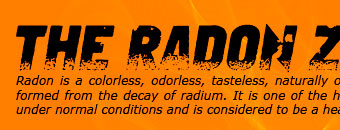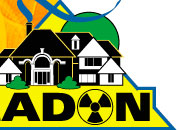 |
 |
 |
||||
|
||||||
| Call: 417-844-0942 | ||||||
|
»Nuclear Weapons This page gives a brief overview of how plutonium was used as the primary radioactive material in nuclear weapons. Overview Following the end of the Cold War, the United States ended production and testing of nuclear weapons. During the 1990’s the nuclear weapons program changed its focus from making new nuclear weapons to keeping existing warheads for the indefinite future. Plutonium is the primary radioactive material in nuclear weapons; when bombs are detonated, the plutonium undergoes fission and releases enormous amounts of energy. Between 1944 and 1988, the United States built and operated nuclear reactors at high-security government facilities, producing about 100 metric tons of plutonium for the creation of nuclear weapons. The reactors made plutonium by bombarding special fuel rods, containing uranium, with neutrons. Once the maximum amount of plutonium was produced, workers removed the highly-radioactive spent fuel rods from the reactors. Workers used strong acid and chemicals to separate the plutonium from the fuel rod. This very process left behind more than 100 million gallons of hazardous mixed wastes of acids and radioactive fission products. Part of the legacy of nuclear weapons production is the safe management, storage and disposal of these wastes. |
|
|||||